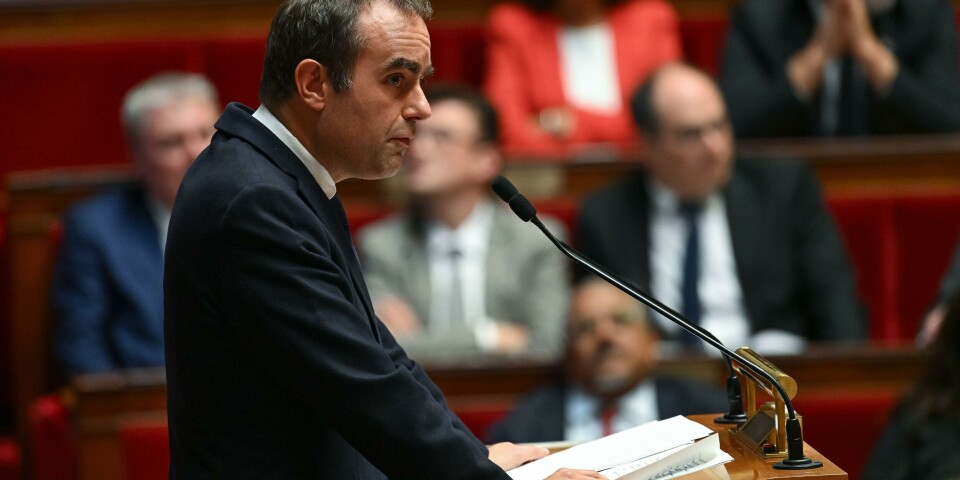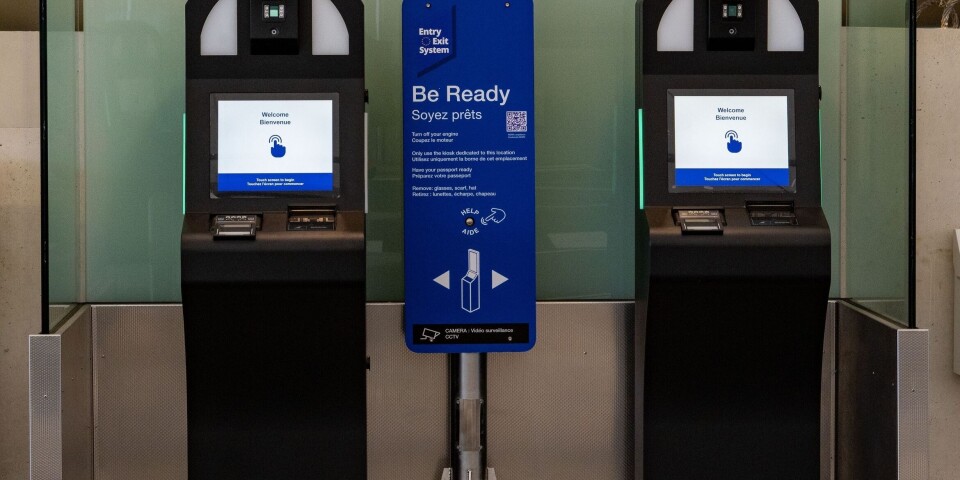Connexion reader Kathy den Breems has told how she turned to a pioneering technique that can calm traumatised animals, called the Trust Technique, to help with her rescued Albanian street dog.
“We immediately saw what a quiet, sweet character he has, but after years of relative neglect he was very hesitant and anxious,” said Kathy.
Her main issue was that her dog Soda was “terrified” of getting into the car and this was especially a challenge as Kathy splits her time between Sainte-Alvère, in the Dordogne, and the Netherlands and often drives.
“Not only did it make it difficult to take him to the vet, but as we move two or three times a year between the two countries, it was really a problem.”
On the recommendation of a local animal rescue charity in the Dordogne, Kathy contacted animal behaviourist Reija Feldmann, who has been training dogs since 2015.
She works with animal shelters and private clients across the south of France in person and with animal owners across the country on Zoom.
Helping anxious animals
“The Trust Technique helps anxious animals and traumatised animals that have lost their trust in humans,” said Reija.
Three main points of the training stood out for Kathy. The first was that helping your animal starts with your own mind.
“Animals are acutely aware of your mental state, so if you are angry or tense, your animal will pick that up. Reija taught me how to reach a peaceful state of mind myself, and then to offer the same peacefulness to Soda.”
The second major point was that an animal cannot learn something new if it is tense and frightened.
“In that state it will focus only on protecting itself,” Kathy says, “so you need to learn how to help your animal be peaceful.”
Thirdly, if you want your pet to learn something new, you need to do it in very small steps and allow the animal to set the pace.
Implementing the technique
“We started with just sitting next to the car,” Kathy said. “At first, even that was stressful. I calmed my mind, and just waited, offering Soda the chance to be peaceful too, and at a certain point he lay down and put his head down – he was peaceful, even though he was right beside the car. That was already an achievement.”
After about a week, Kathy sat inside the car with the door open and Soda eventually lay down next to the open door.
The next step was putting a stepstool beside the car door with a treat on it.
“When we were both peaceful Soda thought about it carefully, then stepped up on the stool and took the treat. Every time, we let him set the pace: if he found it too scary to go up on the stool one day, we just tried again the next day.
“He got to where he would step on the sill of the car door to take a treat from the car floor; and one day – hooray! – he climbed into the car to get the treat. He had actually got in the car by himself and nothing awful had happened. He was peaceful enough to look around and see that the car was actually not a threatening space.”
Kathy and Soda eventually developed a routine where she would get in the car, he would hop in beside her and they would sit for 10-15 minutes.
“Soda will never love the car, but now, when we have to go somewhere, he will get in by himself, without distress. He trusts me, and I trust him. We cooperate with each other.”
Apply the technique to your own pets
Where would trainer Reija recommend pet owners start if they want to try the technique themselves?
“I would always start with Creative Reaction. It helps us to be mindful and aware of our own thoughts and feelings,” she said.
“You learn to calm down your mind so you can listen to your animal, observe your animal without judgment and work at your animal's pace.”
“It is the base for a deep connection, trust and peace in the relationship. We need that for the next steps.”
She also recommends the four Ps: peace, patience, persistence and purpose.
“Get into the state of a peaceful mind. Accept your animal and yourself as you are and where you are. Persistence over perfection. All this leads you to your purpose.”
Today, Kathy is still building on what she has learned through the Trust Technique.
“Working with Reija, we not only addressed Soda’s fear, but found that there were many more possibilities for human-animal communication and cooperation than I had ever realised.”
The Trust Technique
The Trust Technique, developed by James French, is a mindfulness technique that helps people and animals build trust through calm, present connection.
“By lowering anxious overthinking, it transforms behavioural problems, creates a sense of safety and deepens the bond between you and your animal whether that’s a dog, horse, cat or any type of animal,” said Reija.
The main principles:
Creative Reaction: based on the simple truth that animals feel our state of mind. You will learn to understand the difference between a thought and thinking and to calm down your mind when overthinking and create a still mindset. This state of a peaceful mindset shared with your animal is the base for trust and peace in your relationship.
Realisation Learning: the next step is to support your animal to overcome fear, anxiety, trauma or behaviour problems. Instead of dominant or force-based training you learn to support and guide your animal to overcome its fear and stress. The dog that freaks out when a car drives by learns to stay calm.
Trusted Cooperation: this continues and deepens what we have done in Realisation Learning. The horse will be calm when the blacksmith or vet comes, the dog will jump into the car or stay alone or stop barking at other dogs. If the horse is afraid of the trailer and you force it to go in, it will never learn and understand to see the trailer as harmless.





























